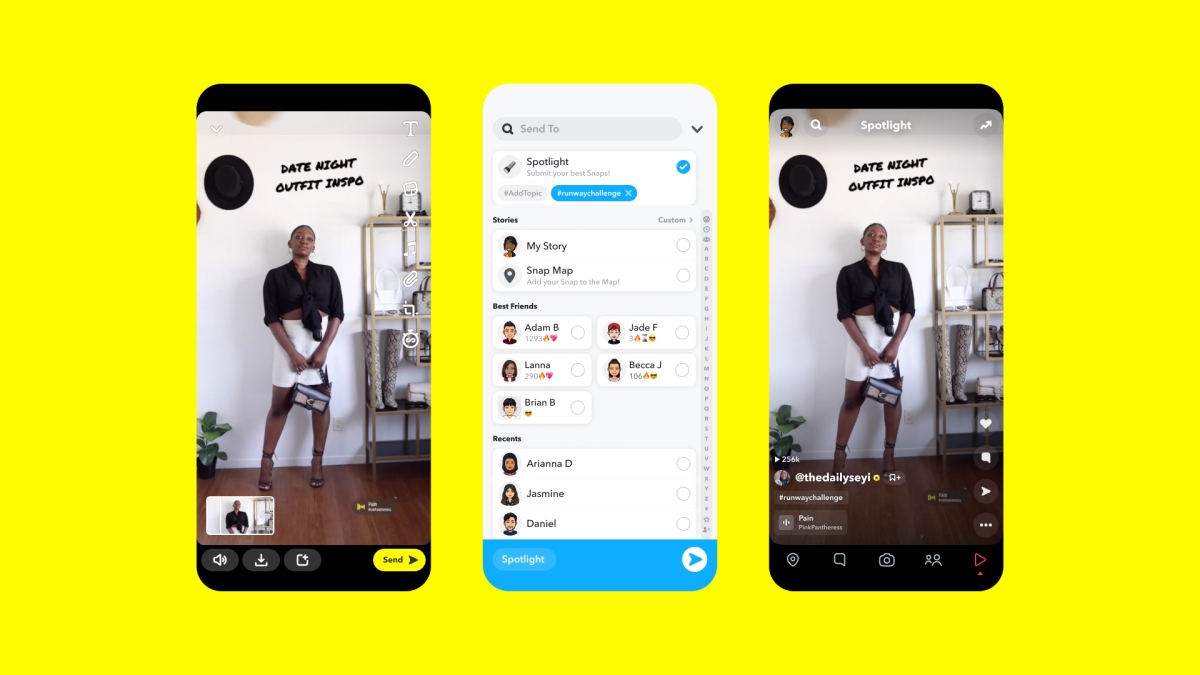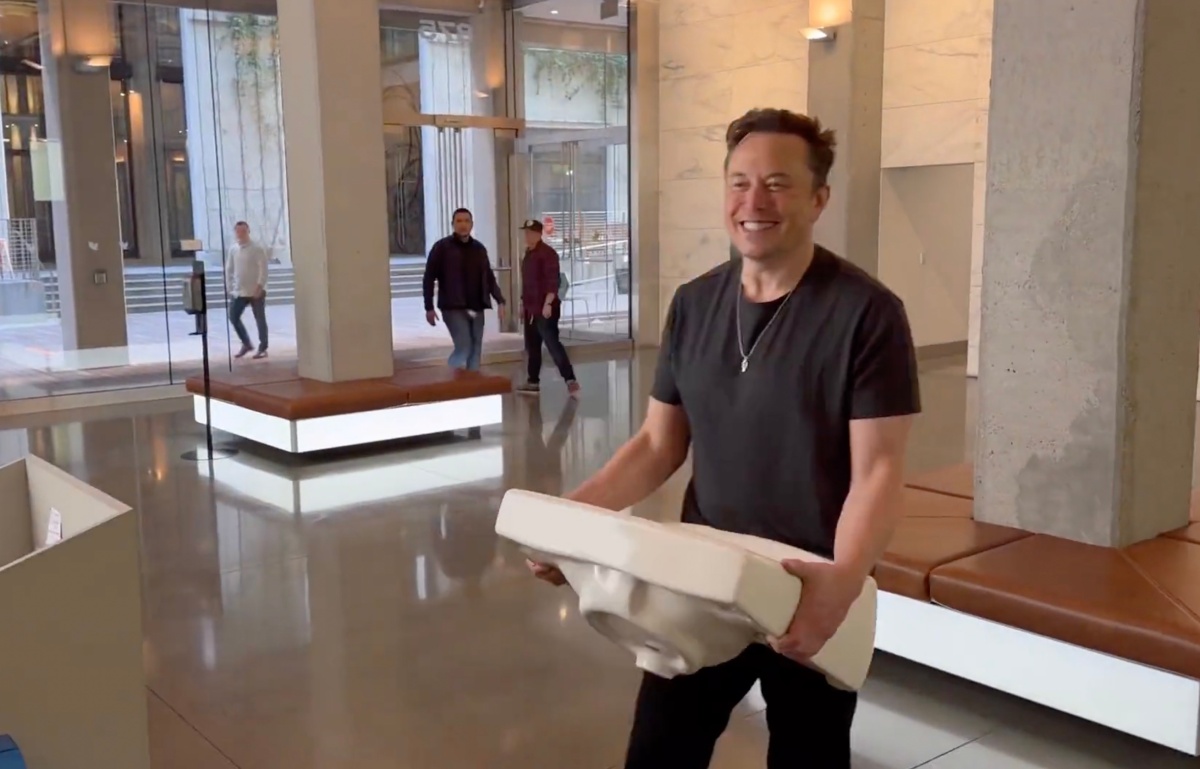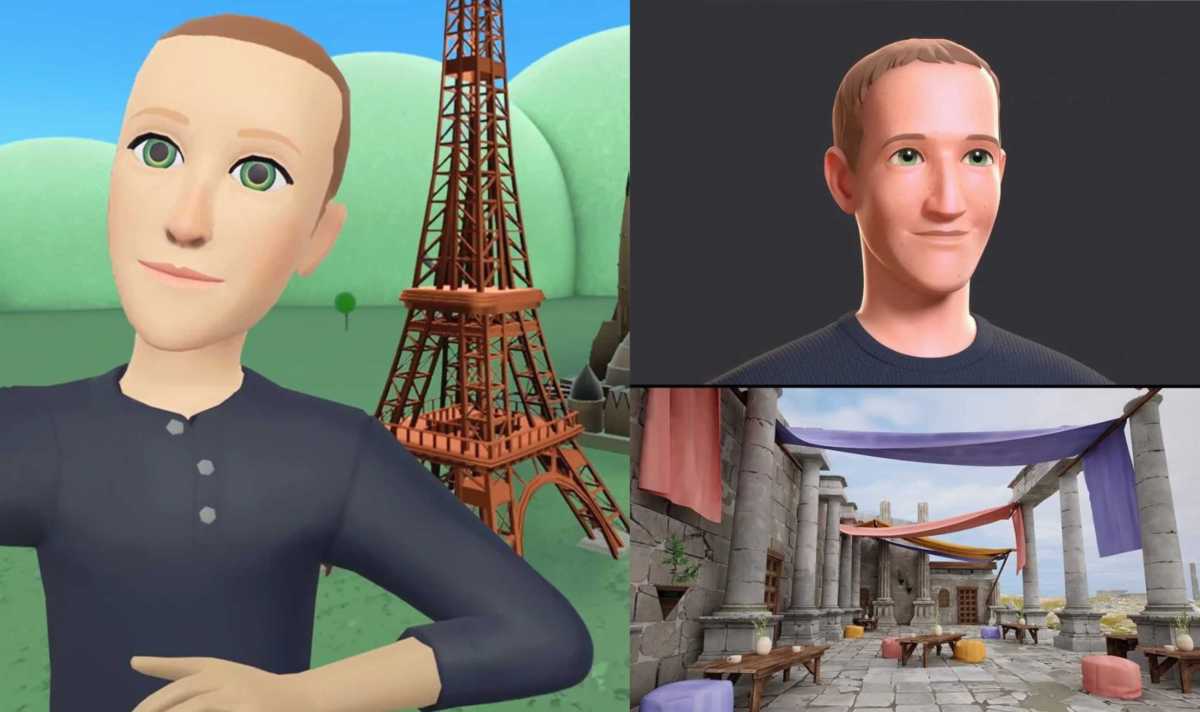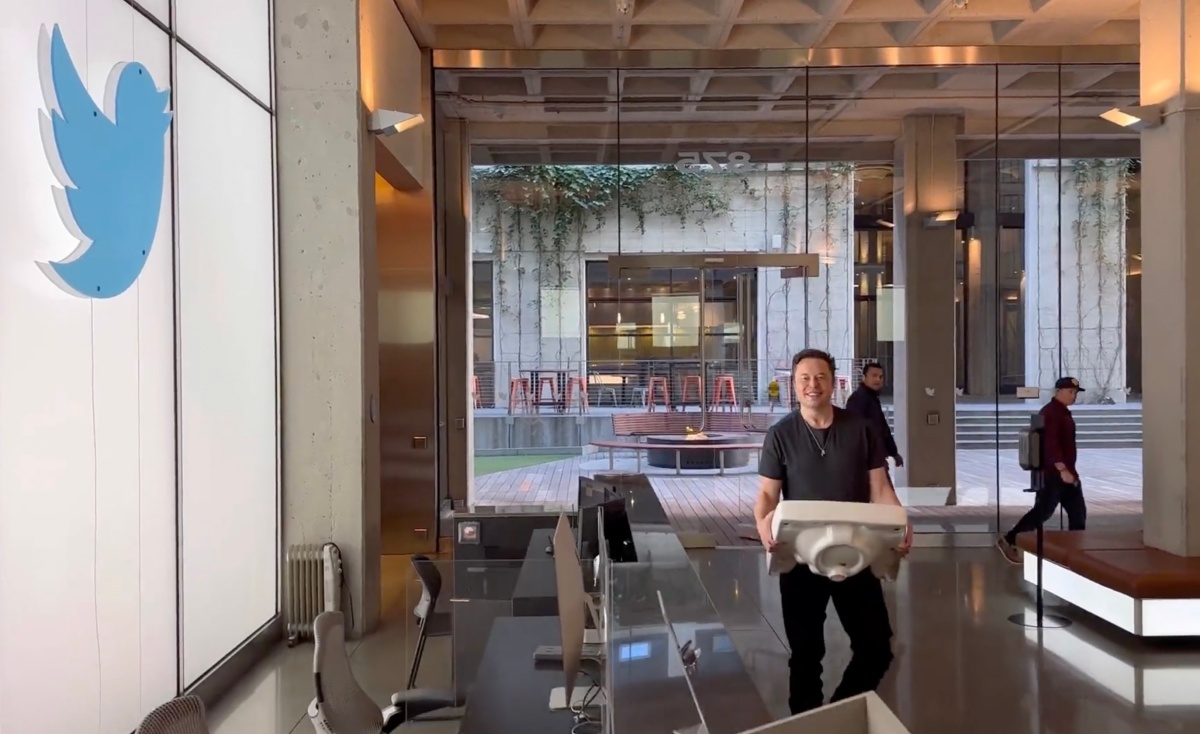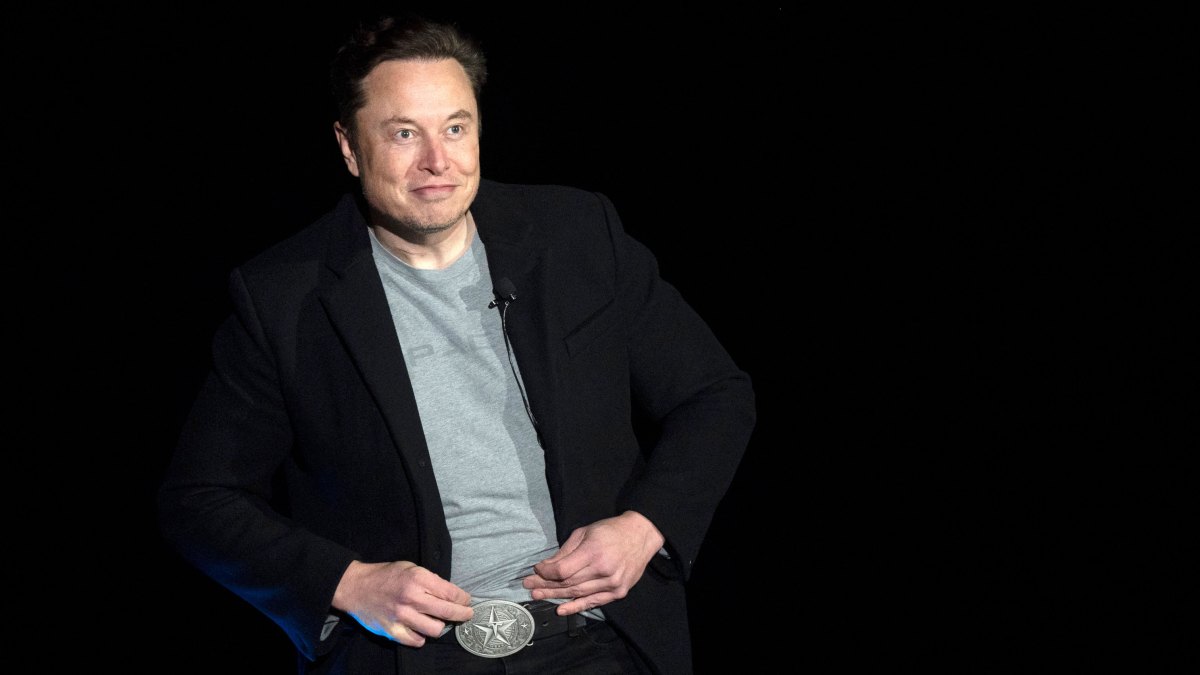The social platforms that power the creator economy might seem like they’re starting to slip. YouTube’s quarterly ad revenue declined 1.9% year over year, per Google parent company Alphabet’s quarterly earnings report this week. Overall, Alphabet missed analyst estimates, earning $69.1 billion in revenue, about a billion dollars less than expected. For many YouTubers, ad revenue is a significant source of income, with members of YouTube’s Partner Program earning 55% of ad revenue generated on their videos. So, a decline in ad revenue could be cause for alarm. Still, creator economy experts are prepared to weather the storm. Digital services that make their money through advertising have faced intense headwinds in recent quarters. Between the overall macroeconomic downturn, global uncertainty around the war in Ukraine and major changes to Apple’s iPhone software that makes it more difficult for advertisers to track users, social media platforms aren’t posting great numbers. Russia’s invasion has also introduced new policy complexity for social platforms, which have been forced to navigate a delicate geopolitical situation while also serving as essential news gathering platforms over the course of the war. Google, Microsoft, Twitter, Snap and Meta all halted ad sales in Russia, and Russia blocked some of these apps and websites as well to block information about Ukraine. According to Amanda McLoughlin — CEO of Multitude Productions, an independent podcasting company, and longtime online creator — this decline in revenue is expected. “This is a really normal reaction by companies to any type of uncertainty in the world. Advertisers are overcorrecting to the specter of a recession by slashing budgets. If a recession actually hits, we’ll probably see ad spending bounce back faster than you’d expect. Uncertainty is much scarier than reality for companies,” McLoughlin told ZebethMedia. “This just happened in early lockdown; ad spending disappeared in March, April and May of 2020, but rebounded once we settled into the new normal (economically).” Like YouTubers, podcasters leverage advertising to support their creative endeavors. McLoughlin had previously written in the Wall Street Journal that when much of the United States went into lockdown in March 2020, she fretted for the future of her company, as well as her ten friends and collaborators who relied on their podcasts for income. She found that offering fan subscriptions was a more consistent source of income than advertising. “Direct audience support had always been part of the way we made our living, but I was stunned to see a surge in new Patreon supporters during those first few months of the pandemic,” McLoughlin wrote. “Even as so many of us were cutting back on expenses, there were dozens of people making supporting creators a new priority. Those supporters kept us going — and more than a year later, they are still here.” YouTube’s ad revenue stats do not include revenue from subscription services like YouTube Premium and YouTube TV. On YouTube Premium, subscribers can watch videos without ads. But YouTube shares some of the subscription fee with creators to compensate for any lost ad viewership. So, an increase in YouTube Premium subscribers could be a small factor in this decline in ad revenue. Jim Louderback, the former CEO of the YouTube-focused creator conference VidCon, pointed out some reasons for this less-than-stellar report in a LinkedIn post. He wrote, “The rise in short-form swipable viewing, led by TikTok, has eaten into time spent with YouTube’s traditional long-form content. Marketers are shifting dollars from Instagram and YouTube to TikTok — and Shorts isn’t ready yet to significantly arrest that.” YouTube Shorts, the company’s TikTok clone, is poised to give TikTok a run for its money, though. Next year, creators will be able to earn ad revenue on short form YouTube videos, an important step that TikTok has not yet taken. It’s a new way for short form creators to make money, but it’s an opportunity for advertisers as well. A number of creator-focused startups like Spotter, Creative Juice and Jellysmack rely on YouTube ad revenue as part of their own business models, which help expand creator businesses. Jellysmack president Sean Atkins isn’t too concerned about YouTube’s ad revenue decline either. “Cyclical moves in advertising might cause short-term discomfort, but the underlying opportunity for YouTube and creators will have staying power far beyond the near-term economic challenges,” Atkins told ZebethMedia via email. “We’ll also see savvy creators, who have invested in multiple platforms beyond YouTube, finding advantages during this period with diversified revenue streams.” McLoughlin agrees, pointing to this moment as a reminder for creators to never rely too heavily on one platform to pay the bills. “This should be another reminder for creators to diversity your revenue streams and allow your audiences to support you directly,” she said. “People have much better judgement than companies, and your audience will come through when ad dollars don’t.”
